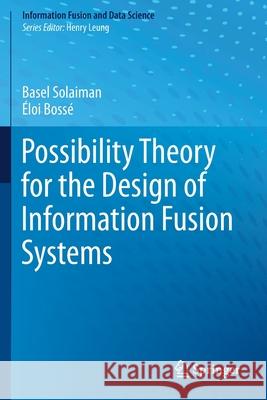Possibility Theory for the Design of Information Fusion Systems » książka
topmenu
Possibility Theory for the Design of Information Fusion Systems
ISBN-13: 9783030328559 / Angielski / Miękka / 2020 / 288 str.
Possibility Theory for the Design of Information Fusion Systems
ISBN-13: 9783030328559 / Angielski / Miękka / 2020 / 288 str.
cena 644,07
(netto: 613,40 VAT: 5%)
Najniższa cena z 30 dni: 616,85
(netto: 613,40 VAT: 5%)
Najniższa cena z 30 dni: 616,85
Termin realizacji zamówienia:
ok. 22 dni roboczych
Dostawa w 2026 r.
ok. 22 dni roboczych
Dostawa w 2026 r.
Darmowa dostawa!
Kategorie:
Kategorie BISAC:
Wydawca:
Springer
Seria wydawnicza:
Język:
Angielski
ISBN-13:
9783030328559
Rok wydania:
2020
Wydanie:
2019
Numer serii:
000835328
Ilość stron:
288
Waga:
0.42 kg
Wymiary:
23.39 x 15.6 x 1.6
Oprawa:
Miękka
Wolumenów:
01
Dodatkowe informacje:
Wydanie ilustrowane











